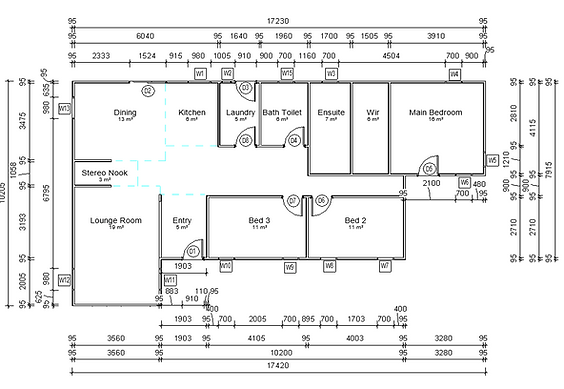
Concepts creator: Allan Robertson student
for people who want to write about something they care about go to TOUCH POINT. above in menu
Concepts Exploration
D r a f t i n g
S k i l l s
C r e a t i v i t y
An in-home art gallery adds a unique and enriching feature to residential living, offering families a space to celebrate creativity and connection. For families planning children or already raising them, the gallery becomes a canvas for growth—displaying children's artwork, milestones, and cherished memories. It’s a place where family photos can be beautifully arranged, turning everyday life into a visual story. Hosting social viewings with friends and relatives fosters bonding, pride, and shared joy. The gallery encourages children to value self-expression and gives parents a meaningful way to preserve and showcase their journey. Whether it’s a rotating exhibit of school projects or a permanent wall of generational portraits, the space becomes a living tribute to family life. It transforms the home into more than just a place to live—it becomes a place to reflect, celebrate, and connect. The art gallery is not just decorative; it’s deeply personal and socially engaging.



Construction details are crucial for ensuring structural integrity, safety, and compliance with building codes. They guide accurate execution, minimize errors, and enhance durability. Clear details improve communication among architects, engineers, and builders, reducing costly rework. They also influence aesthetics and functionality, ensuring the final structure meets design intent and performance standards. Precision in detailing is key to successful construction

Maintaining skills in drafting small house dwellings is essential, even as one progresses to larger, more complex projects. These foundational skills form the backbone of residential design and remain highly relevant in connecting with the housing market. Precision in small-scale drafting fosters attention to detail, spatial efficiency, and practical problem-solving—qualities that translate across all scales of development. As future estates evolve, the ability to design intimate, functional living spaces will be a strong focal point, ensuring community-oriented planning and architectural cohesion. By preserving and refining these skills, one remains versatile and grounded in the core principles of residential architecture. They not only support individual project success but also contribute meaningfully to broader urban development strategies where housing remains a central concern.

Social Housing project
Industrial factory extension
My time at TAFE South Bank was a journey of learning and creativity. Three standout assignments began with a blank canvas, challenging us to create something meaningful from nothing. These tasks pushed my imagination and problem-solving skills, laying a strong foundation for design thinking. The skills I developed—spatial awareness, conceptual clarity, and technical precision—are invaluable to my path as a Building Designer. They continue to shape my approach as I now pursue higher education, aiming to become an Architect through university and take my passion to the next level.

In the casual homes of cyclonic North Queensland, particularly in the vibrant coastal city of Cairns, architecture dances with nature in a harmonious embrace. Designed to welcome the coastal breeze, these homes often feature open-plan layouts, wide verandas, and louvered windows that invite the wind to skate effortlessly through each room. As the breeze glides in, it carries with it the salty kiss of the Coral Sea, cooling the interiors and stirring the curtains like whispers of the tropics. Rays of sunshine filter through the foliage and timber slats, casting golden warmth across the rear yard where frangipanis bloom and palms sway. This interplay of breeze and light doesn’t just comfort the body—it warms the heart. It evokes a sense of belonging, grounding the soul in the lush, sun-drenched landscape. In Cairns, home is not just a structure—it’s a personal settlement, rooted in earth and sky, shaped by climate and spirit.
Cairns project
My Story
Growing up, I was fiercely competitive, channeling my energy into A-grade softball. The discipline, teamwork, and strategic thinking I honed on the field became the foundation for my future ambitions. But off the diamond, I had a quiet dream: to build a career that revolved around a computer, allowing me to work from home and maintain flexibility throughout life—even into retirement.
That dream led me to drafting. I was captivated by the precision and creativity involved in designing small residential dwellings. It wasn’t just about lines and measurements—it was about shaping spaces where life unfolds. Even as I moved on to university, I never let go of those drafting skills. They remain a vital connection to the residential market and a cornerstone of any estate I hope to develop in the future.
Architecture became my passion, but I knew that to truly thrive, I needed to understand the business side of the industry. So I pursued a dual path, committing to a career in both Architecture and Business, with the goal of achieving my master’s degree in business. This combination empowers me to not only design but also lead, strategize, and build a sustainable future.
Every step—from softball fields to CAD screens—has been driven by a desire for independence, creativity, and long-term impact. My journey is about blending technical skill with vision, staying rooted in the craft of drafting while expanding into broader horizons. And through it all, the computer remains my constant companion, anchoring a career built for life.